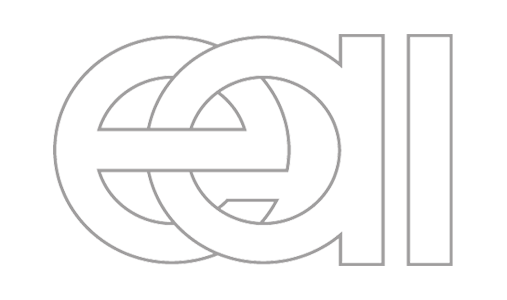Resource Guide Homepage
Resource Guide Homepage
Display Devices: Multi-monitor and Multi-projection Installation Guidelines
When acquiring and exhibiting a multi-channel video work or media installation such as a double screen projection or multi-monitor work, it is a general practice to use identical display devices.
Unless specified otherwise by the artist, the equipment purchased should all be of the same make, model, and ideally acquired at the same time, to ensure that the color, luminance, lamp life, brightness, resolution, and contrast ratios match from image to image. It is important to calibrate each display device using a test pattern of some kind, so you have a common reference image to which all the devices are adjusted. The calibrations for each display device may vary slightly due to manufacturing discrepancies, so it is best to set up one device, set up the next device using the same settings, and then make adjustments as needed to match them.
When acquiring a multi-channel video projection installation, it is important to have information regarding the aspect ratio of the work (4:3, 16:9, or other) in order to make decisions regarding monitors, projectors, screens, and overall exhibition space. For example, if a museum owns a 16:9 format wide-screen plasma monitor, a work by an artist done in 4:3 format would leave black areas on the left and right of the image on that screen (sometimes called "pillar box"). Most 16:9 monitors and projectors offer zoom or similar features which can re-format the 4:3 work to fit the 16:9 screen. However this will result in cropping and distortion of the image, and is not considered good practice in the context of artworks.
Conversely, if a 16:9 work is presented on a 4:3 format screen, the result is a black "letterbox" on the top and bottom of the image. The "pan and scan" function on most 4:3 displays removes the letterbox, but it does so by zooming in and cropping the image, the same as when a feature film is formatted for a standard 4:3 television without letterbox.
